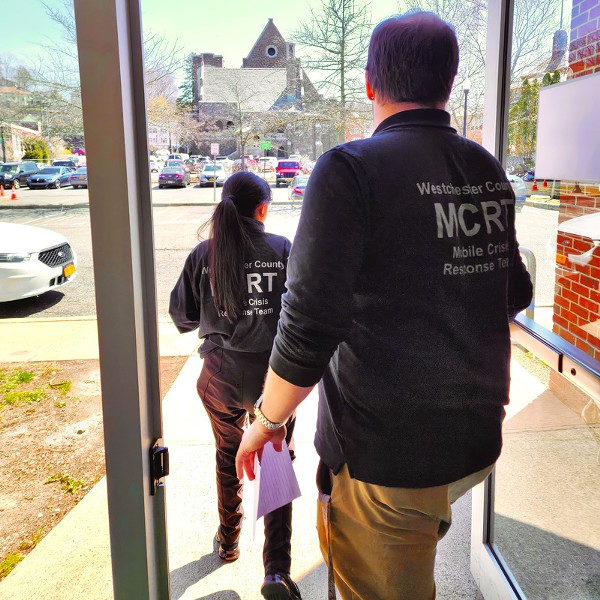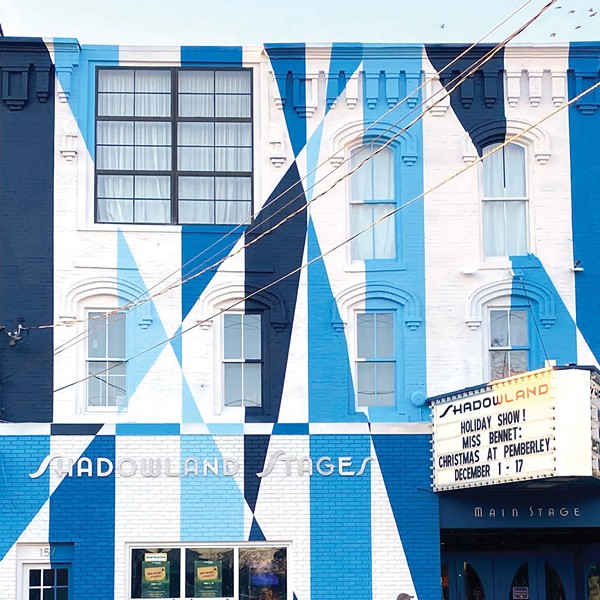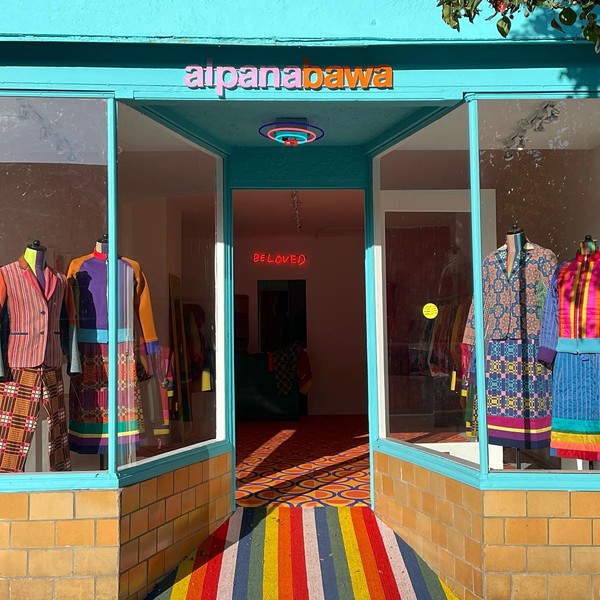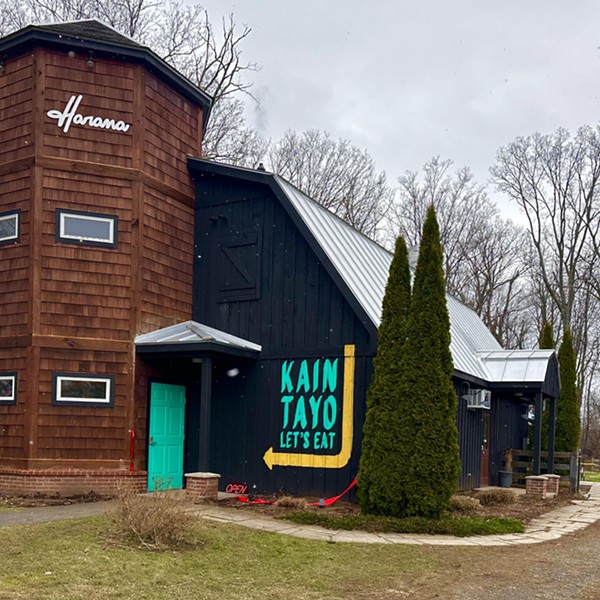There is no New York State Thruway exit for the Rondout Valley. Perhaps that explains why this bucolic stretch of land is able to maintain its old-fashioned feel of distant, “true country” mystique. Surrounded by bustling Hudson Valley destinations like New Paltz, Woodstock, and nearby Rhinebeck, the Rondout Valley’s quixotic personality is a true paradox, both genuine and patently misleading. As a prime example, the majestic Shawangunk Ridge, which, along with the southeastern edge of the Catskill Mountains forms the Rondout Valley itself, is anything but unknown. Home to the tens of thousands of nature conservancy acres that make up the Mohonk Preserve, the Minnewaska State Park Preserve, and Sam’s Point Preserve, the Shawangunk Ridge is one of the most sought-after locations in New York State for nature enthusiasts.
Still, there is no denying the transformational effect of continuing past the ridge and into the valley proper. Valley residents from 200-year-old families live side by side in harmony with a constant influx of both part-time and full-time transplants—an eclectic array of artists, craftspeople, musicians, farmers, and everything in between—and it is a point of pride for lifetime denizens and fresh arrivals alike. “I’ve always thought that it took a hardier kind of soul to come up over the mountain, and I think that’s the difference,” says Carl Pezzino, a 40-year Marbletown resident and community activist. “It’s the blending of the new and the old that keeps it special. It isn’t about individuals, it’s about community.”
The Trail, and the Bounty
The modern Rondout Valley began in a Wall Street coffeehouse in 1825, where brothers Maurice and William Wurts staged an impromptu demonstration of the miraculously hot-burning anthracite coal. The Wurts brothers garnered an improbable $1 million in investment money for their Delaware and Hudson Canal Company, allowing them to begin digging the 108 miles of canal that would open a trade route between the coalfields in Pennsylvania, and the Hudson River in Kingston.
The D&H canal, completed in 1828, cut a path along the sparsely populated Rondout Creek basin, giving rise to burgeoning way stations like Ellenville and High Falls along its route. A success for decades, the D&H barges added Rosendale cement, bluestone, and other products to its list of cargo, helping to foster local economy. Toward the end of the 19th century, the canal barges gave way to railroad lines, which followed the same trade route through the valley.
As the economic vitality of the Rondout Valley once hinged upon those routes, many here now believe that those same pathways can offer a new generation of economic hope. Across New York, and beyond, out-of-use railbeds have been made into hiking and biking trails. Recent advancements in the Hudson Valley in pursuit of linking the trails—such as the completion of the Walkway Over the Hudson, and the recent purchase of 11.5 miles of additional trail, through Rosendale, by conservancy groups —have inspired the local government and business leaders within the valley to focus on the same purpose.
“For years, we have been searching for an answer to the question: How do we foster economic growth in the Rondout Valley? This is it. A continuous rail trail is the single most important thing we can do to help this economy,” says Richard Travers, president of the Rondout Valley Business Association (RVBA). Some months ago, an inter-municipal agreement was reached between the Towns of Rochester, Rosendale, Wawarsing, Marbletown, and the Village of Ellenville; with the RVBA acting as facilitator, the stated goal of the “Rail Trail Initiative” is to create a trail that will span the full length of the Rondout Valley.
If completed according to plan, the newly continuous rail trail will bring waves of new visitors to the valley, and its design will take much-needed foot traffic through the town centers of Accord, and Kerhonkson. Yet Travers makes clear that his vision for success is not intended to change the fundamental nature of the community. “What we are going to have here will stay a bucolic valley, of true beauty,” says Travers. “The Rondout Valley is a destination, and that tourism will support the small businesses and the wonderful farming we already have here. There are big-box stores a few miles up, in Kingston,” he says, and smiles. “That’s close enough.”
Diversity of the 209 Corridor
Of course, the Wurts D&H crew were hardly the first true inhabitants of the Rondout Valley. When the first settlers first arrived here in the 18th century, they came to find what the Lenape Indians had already discovered: This valley was blessed with miraculously rich soil for farming. Maintaining the health and solidity of the precious open space that lines sides of Route 209, the valley’s main thoroughfare, has been a combination grassroots effort, with a large amount of the support from the Open Space Institute, whose active Farm Preservation program has been invaluable to the region in keeping the valley’s tracts intact and free from commercialization. Both the RVBA and the solidarity of the Rondout Valley Growers Association, formed in 2003, have been at the forefront of encouraging the reinvigoration the Rondout economy by buying locally and acting locally.
















